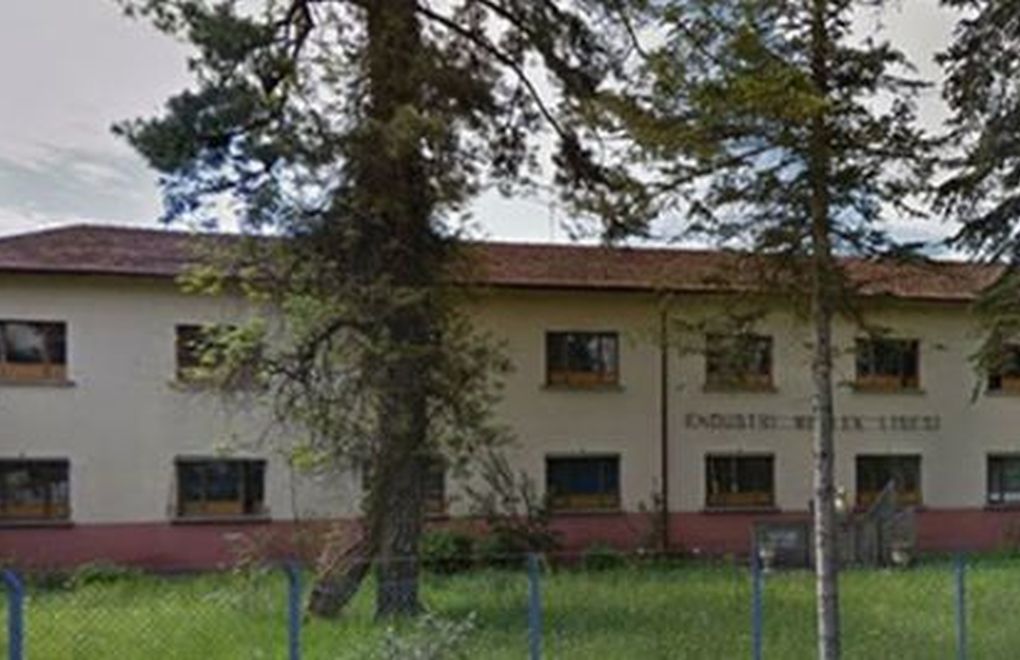* Photo: yapi.com.tr
Click to read the article in Turkish
The court has ruled that the Historical Bartın Occupational High School shall be preserved. However, the building has already been demolished.
The Ankara Branch of the Chamber of Architects previously applied to the Karabük Cultural Heritage Preservation Board and requested that the building which was being used as the Bartın Occupational High School in the Black Sea region be registered and taken under preservation.
However, the board rejected this request. The Ankara Branch of the Architects' Chamber took this rejection to court. The expert report prepared as part of the ensuing trial indicated that the building should be preserved as cultural heritage. The Zonguldak Administrative Board has unanimously ruled that the building shall be registered and preserved as cultural heritage.
Established as a syphilis hospital in 1886
Making a statement about the ruling, Tezcan Karakuş Candan, the Chair of Architects' Chamber Ankara Branch, has said, "The judiciary has once again found us right about the preservation of cultural heritage."
Bhe building was first constructed in 1886 as a "Syphilis Hospital" by Abdurrahman Nurettin Pasha, the Governor of Kastamonu. It was then turned into a regular hospital in the 1920s. Candan has noted that the building was demolished one night while it was being used as the Bartın Occupational High School and the related judicial process was still ongoing.
Underlining that the recent court verdict has justified their request for preservation, Candan has emphasized that "this delayed court verdict has ended in the destruction of a value."
"Justice delayed is justice denied. We will struggle to ensure that the building will be constructed again," he has said, adding that "though it is a delayed ruling, it is still good news for the public good since the court has ruled that the building shall be preserved as it has the cultural and artistic values of the period when it was constructed and has unique characteristics in terms of architectural, aesthetic, local and archeological values." (AÖ/SD)




